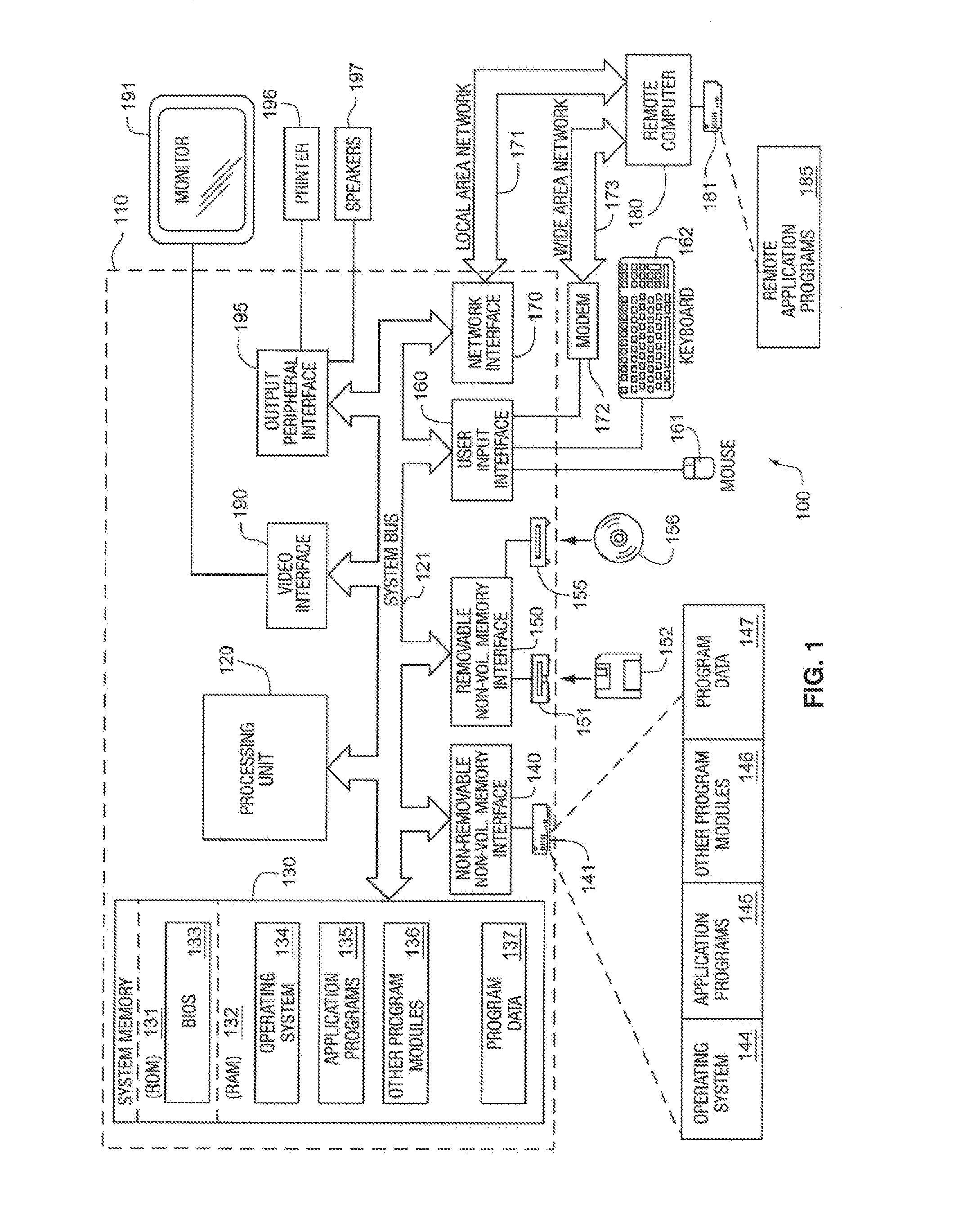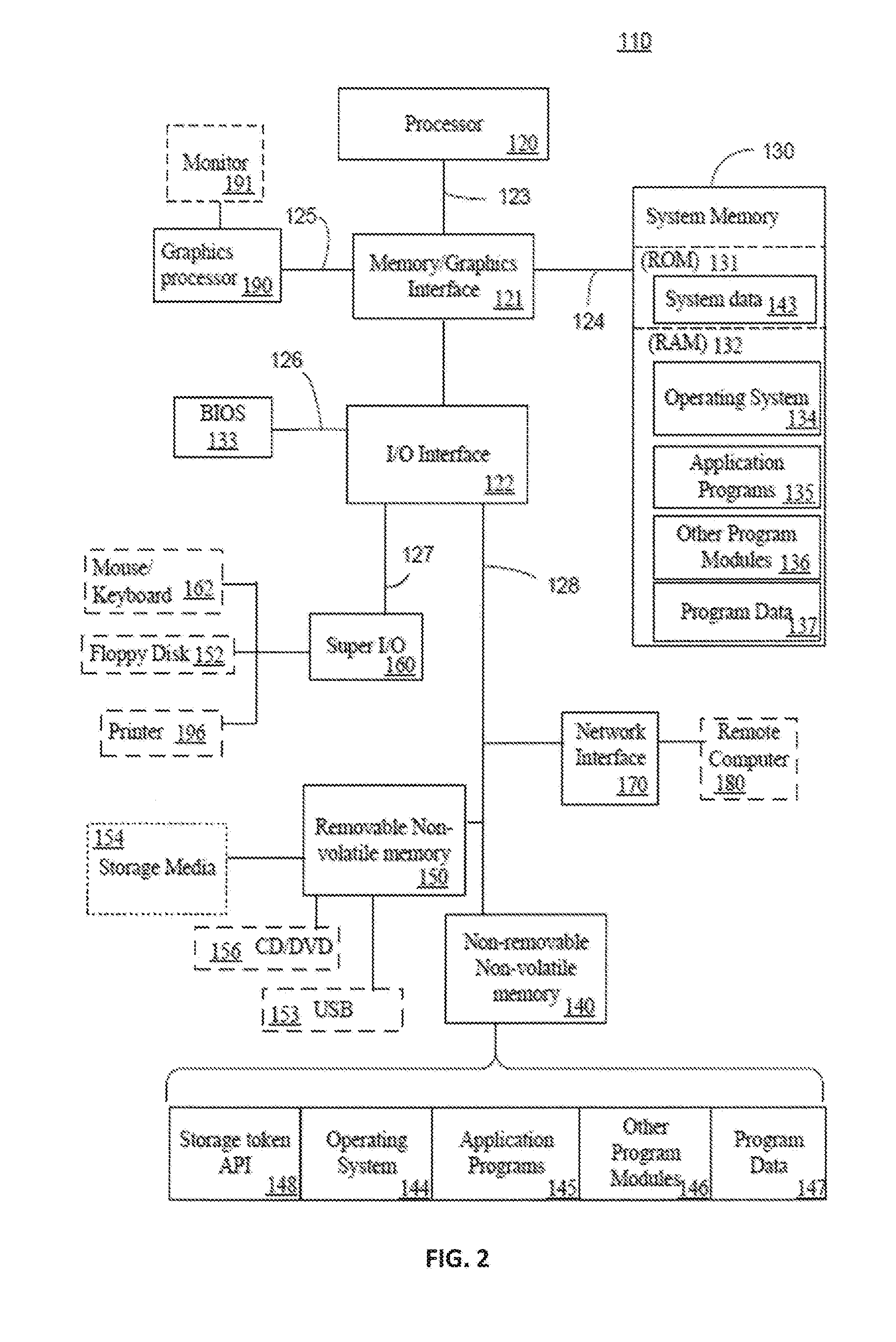Genetic Variants as Markers for Use in Urinary Bladder Cancer Risk Assessment, Diagnosis, Prognosis and Treatment
a technology of genetic variants and markers, applied in the field of genetic variants as markers for use in urinary bladder cancer risk assessment, diagnosis, prognosis and treatment, can solve the problems of high risk of progression of high-grade tumors, significant morbidity, and exposure to certain industrially used chemicals
- Summary
- Abstract
- Description
- Claims
- Application Information
AI Technical Summary
Benefits of technology
Problems solved by technology
Method used
Image
Examples
example 1
[0269]Genetic association results on a total of 595 Icelandic Bladder Cancer cases and 37,075 Icelandic controls and close to 1,600 Dutch Bladder Cancer cases and 1,800 Dutch controls were analyzed together. The data analysed included a total of 2.5 million SNPs, including SNPs from the HumanHap 370DUO bead chip and SNPs imputed from the HapMap data. Using this dataset as a starting point, a focused analysis of the association between bladder cancer and about 20,000 non-synonymous SNPs was conducted. Based on study groups from Iceland and the Netherlands, this analysis yielded an association signal on chromosome 18q12.3, with the strongest signal observed for marker rs1058396. This SNP is located in the SLC14A1 gene where it causes an amino acid variation, N280D (D conferring increased risk).
[0270]Association of rs1058396 was further confirmed by analysis (Centaurus genotyping) of additional samples from, Belgium, Germany, Eastern Europe, Italy (Brescia), Italy (Torino), Sweden and ...
PUM
| Property | Measurement | Unit |
|---|---|---|
| Tm | aaaaa | aaaaa |
| Tm | aaaaa | aaaaa |
| Tm | aaaaa | aaaaa |
Abstract
Description
Claims
Application Information
 Login to View More
Login to View More - R&D
- Intellectual Property
- Life Sciences
- Materials
- Tech Scout
- Unparalleled Data Quality
- Higher Quality Content
- 60% Fewer Hallucinations
Browse by: Latest US Patents, China's latest patents, Technical Efficacy Thesaurus, Application Domain, Technology Topic, Popular Technical Reports.
© 2025 PatSnap. All rights reserved.Legal|Privacy policy|Modern Slavery Act Transparency Statement|Sitemap|About US| Contact US: help@patsnap.com



